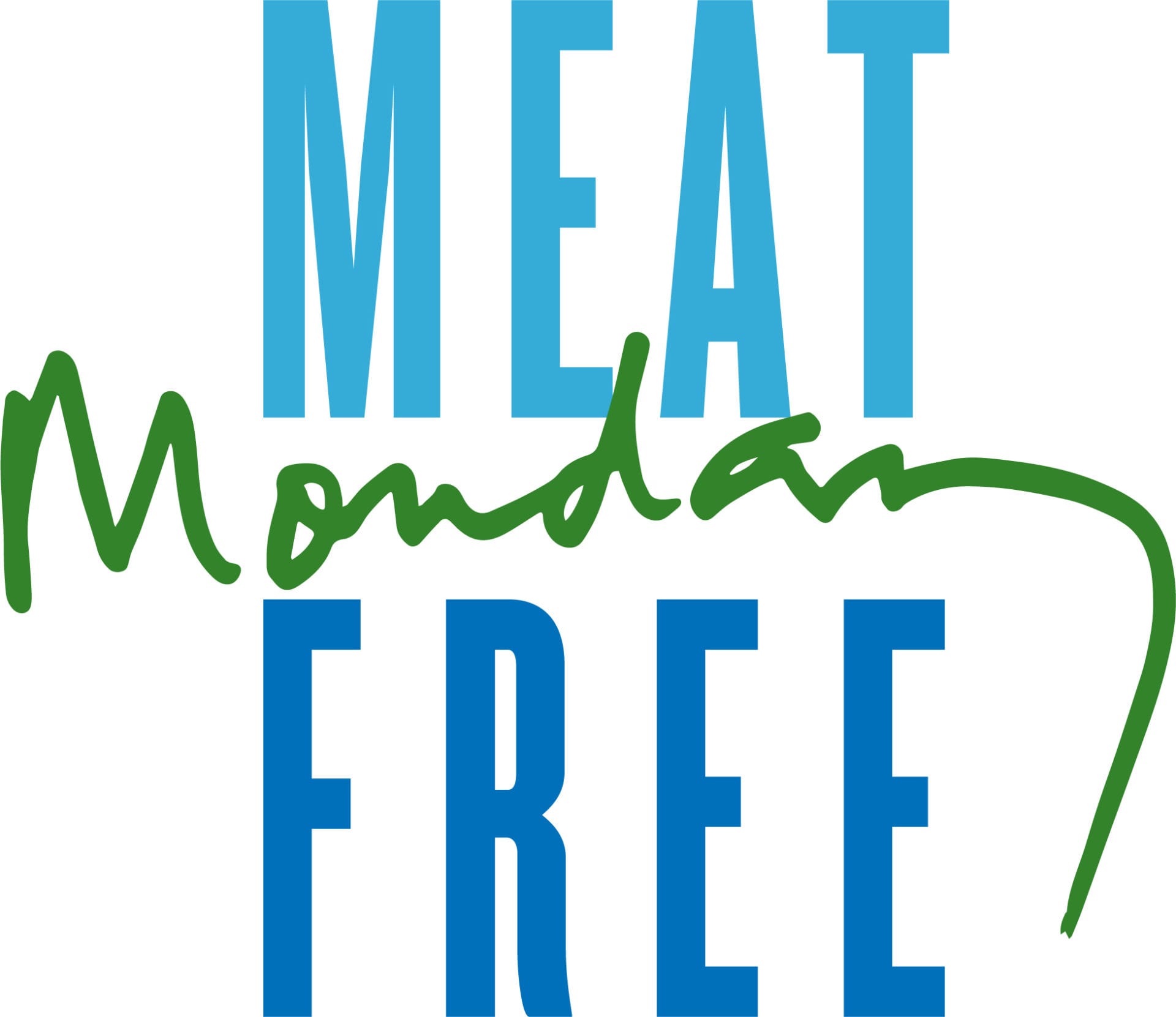The report by the UN Environment Programme’s International Panel for Sustainable Resource Management concludes that food production and the burning of fossil fuels are the greatest cause of greenhouse gas emissions. But while fossil fuels will eventually run out and be replaced by renewable energy such as solar, tidal and wind, the way we feed ourselves will be an ongoing concern.
The report’s lead author, Professor Edgar Hertwich, said animal products were more harmful in terms of emissions than the production of sand, cement, plastics or metals, adding that biomass and crops for livestock were as damaging as burning fossil fuels such as coal and oil.
Highlighting the extent to which current food systems are unsustainable for an estimated global population of 9.1 billion people by 2050, the report reveals that agricultural production accounts for 70 per cent of global production of fresh water, 38 per cent of land use and 19 per cent of the world’s greenhouse gas emissions.
Feeding the world and reducing climate change at the same time can only be accomplished if the world reduces its dependence on meat and animal products, and adopts a more vegetarian or vegan diet, its authors recommend.
“Impacts from agriculture are expected to increase substantially due to population growth increasing consumption of animal products,” the report says. “Unlike fossil fuels, it is difficult to look for alternatives: people have to eat. A substantial reduction of impacts would only be possible with a substantial worldwide diet change, away from animal products.”
Rising affluence is tied to a shift in diets towards meat and dairy products – environmental impacts rise approximately 80 per cent if income doubles, the report found. UN under-secretary general and UNEP executive director Achim Steiner said breaking this link was “the number one challenge facing governments in a world of rising numbers of people, rising incomes, rising consumption demands and the persistent challenge of poverty alleviation.”
To read the full report – Environmental Impacts of Consumption and Production: Priority Products and Materials – click here
